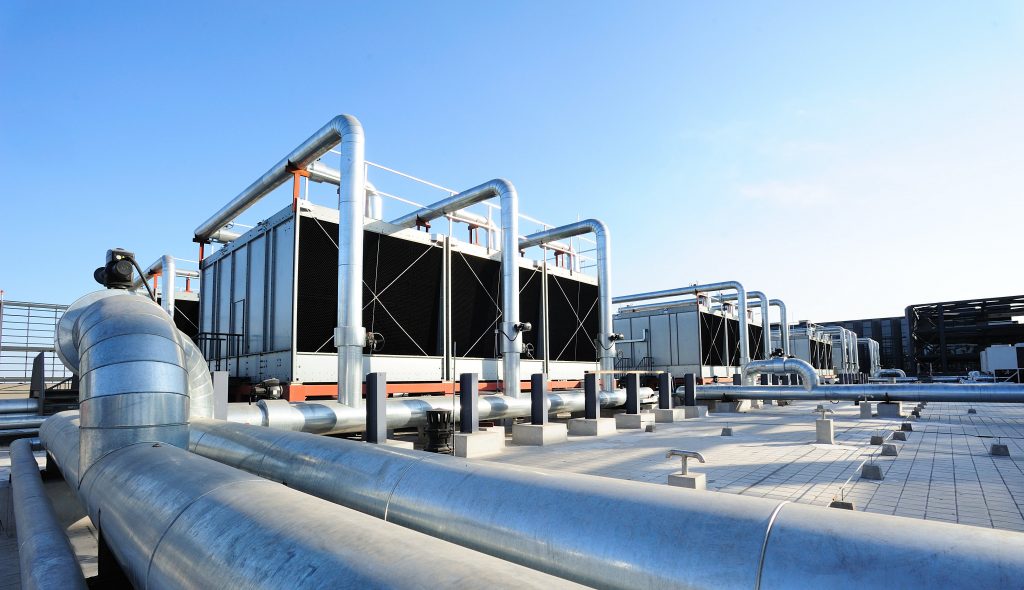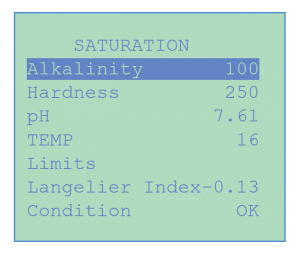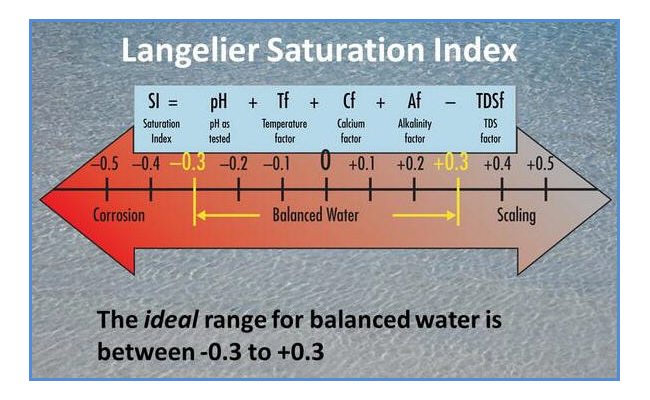Automatic Water Balance
Automatic Water Balance
The CHEMTROL® programmable controllers range take into account saturation factors such as alkalinity, hardness, pH and temperature compensation for conductivity and pH measurement, crucial process for accurate readings. The Langelier saturation index module provides auto alerts of scaling and corrosion conditions.
Benefit: The programmable built-in temperature and Langelier saturation index (LSI) modules mean you get better water measurement accuracy and alerts in real-time when the water condition is not within the desired range.
As soon as treatment application is filled up with water, even before sanitizer is added, one has to be concerned with water balance. The reason for it is that water is one of the most aggressive chemicals we have to deal with. If it does not contain enough key metals and minerals – in particular calcium – it will get them from its environment or if it contains too much of them, if will deposit them wherever possible. In other words, water has a definite affinity for certain inorganic compounds that must be satisfied at all times.
 From a chemical standpoint, water balance has to deal with inorganic compounds, such as calcium and carbonates that are soluble in water. Sanitation, on the other hand, deals with organic compounds, like algae, germs and bacteria that live in the water.
From a chemical standpoint, water balance has to deal with inorganic compounds, such as calcium and carbonates that are soluble in water. Sanitation, on the other hand, deals with organic compounds, like algae, germs and bacteria that live in the water.
The key factors in balancing water are in order of decreasing importance:
- pH with an ideal range of 7.4 to 8.00,
- Water Temperature,
- Total Alkalinity with an ideal range of 80 to 120 ppm,
- Calcium Hardness with an ideal range of 100 to 450 ppm,
- Total Dissolved Solids not to exceed 2,000 ppm.
The CHEMTROL® Programmable Controllers range introduce automatic control of water balance by two methods:
- Control of Saturation by calculation of the Langelier Saturation Index to monitor to the development of scaling or corrosive conditions,
- Monitoring and control of Conductivity to control the level of Total Dissolved Solids (TDS) by automatic replacement of contaminated water to reduce high TDS levels.
Langelier Saturation Index
The Langelier Saturation Index calculates the saturation condition from the pH and Temperature sensor inputs and from manual data entry for Alkalinity and Calcium Hardness. The water saturation condition is constantly displayed on the Main Screen as either “OK”, “Scaling” or “Corrosive” using standard Langelier Index limits. If a scaling or corrosive condition develops, it is immediately indicated with a flashing display on the Main Screen.
Studies in water treatment for boilers and cooling towers led to the development of the Langelier Saturation Index (SI) to determine the degree of saturation of Calcium Carbonate CaCO3 in water: SI = pH + TF + AF + CF -12.1.

Up to three different types of chemical additives – such as inhibitor and biocides for cooling towers – can be programmed separately for automatic addition as a function of time, bleed activation, pH control activation or cumulative flow rate.
The Langelier Saturation Index includes factors for pH, Total Alkalinity (AF), Calcium Hardness (CF), Temperature (TF) and to a lesser exted; Total Dissolved Solids.
Manual calculation of this formula is rather cumbersome as it requires the use of separate data tables for each factor. the CHEMTROL® Programmable Controllers range do it automatically and accurately.
Water Saturation
 The concern with water saturation results from the aggressive nature of dissolved minerals in water – particularly Calcium Carbonate – which can lead to scaling or etching of plaster and metallic equipment. It is a relatively new concept for water treatment professionals and deserves to be thoroughly understood. In the past, water saturation was left to hazard and the results were that some applications would last forever while others would need constant repairs.
The concern with water saturation results from the aggressive nature of dissolved minerals in water – particularly Calcium Carbonate – which can lead to scaling or etching of plaster and metallic equipment. It is a relatively new concept for water treatment professionals and deserves to be thoroughly understood. In the past, water saturation was left to hazard and the results were that some applications would last forever while others would need constant repairs.
Proper control of saturation and water balance is required to maintain water quality and to avoid the development of scaling or corrosive conditions.
The Conductivity/TDS sensor monitors the concentration of dissolved solids by measuring the conductivity of the water. The data can be displayed either in conductivity units (micro-siemens/cm) or in parts per million (PPM) of Total Dissolved Solids (TDS), using an operator-selectable conversion factor.

